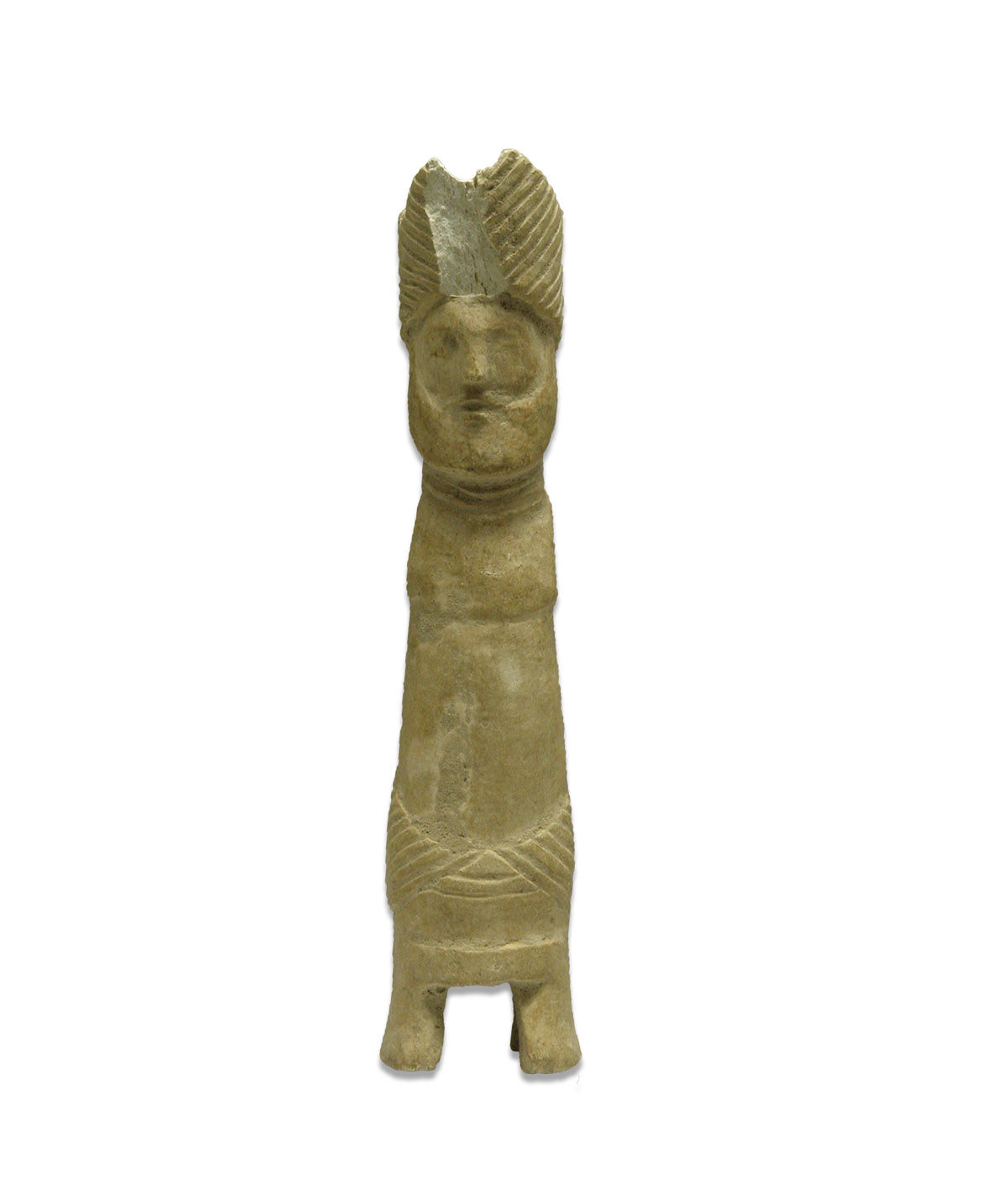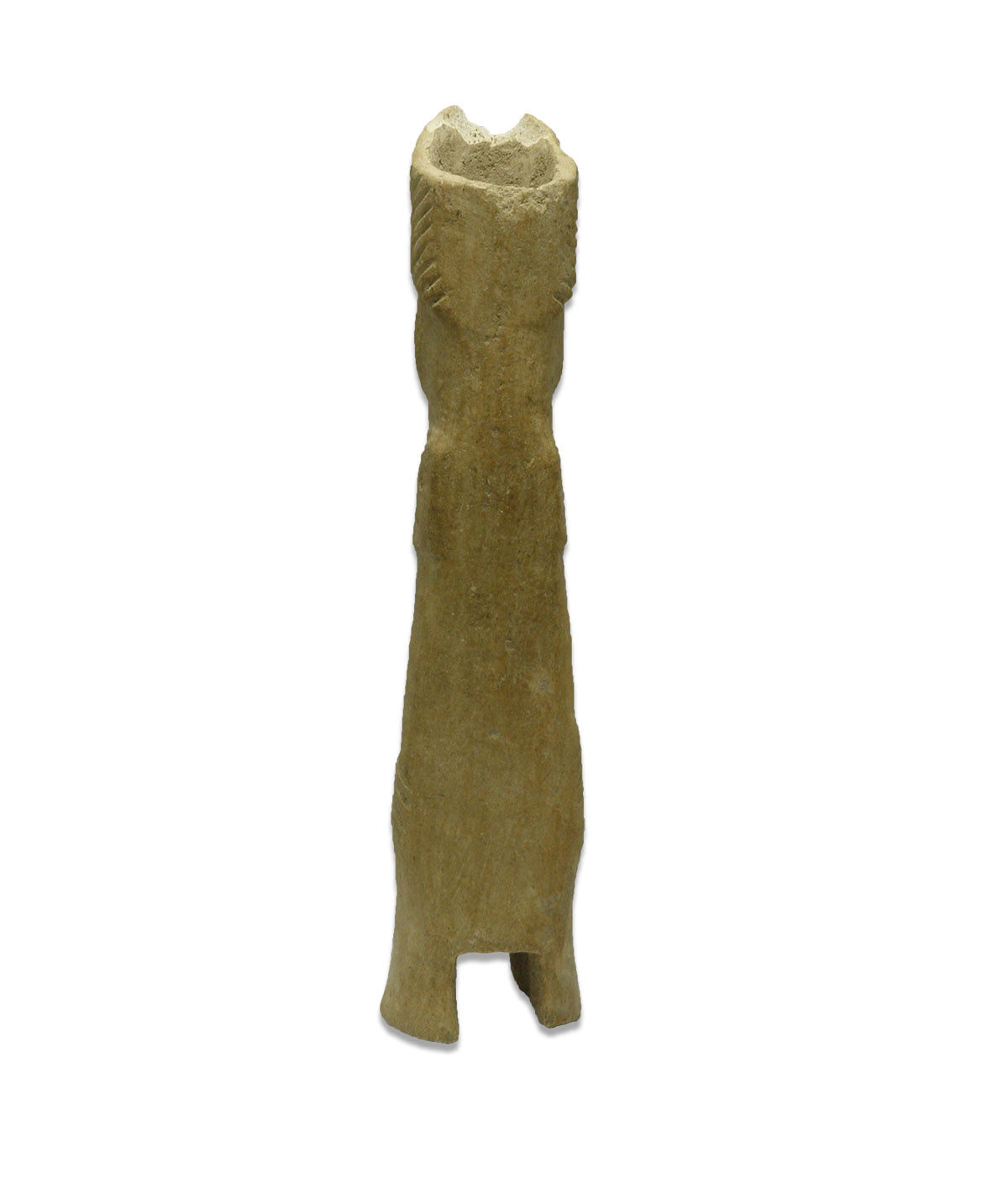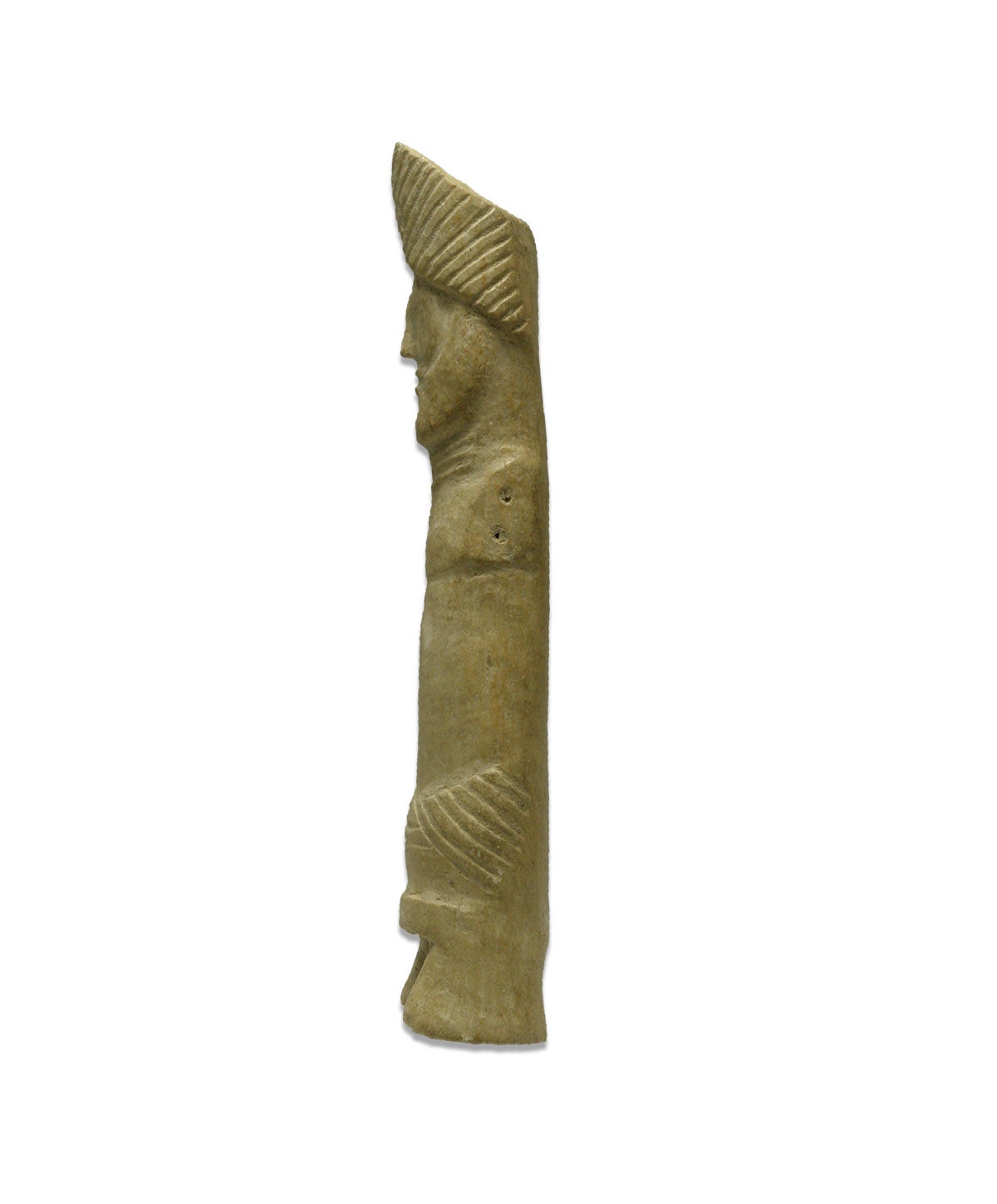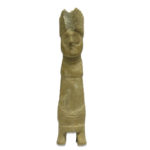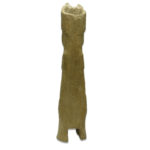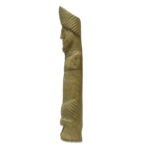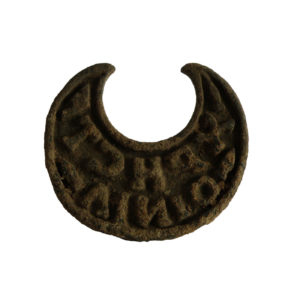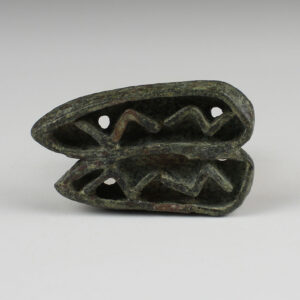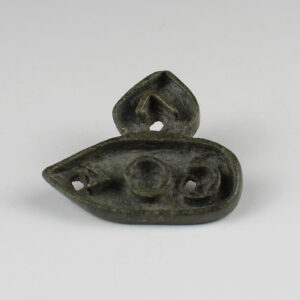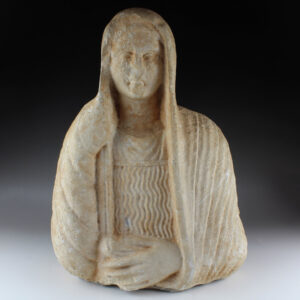Description
| ITEM | Doll |
| MATERIAL | Bone |
| CULTURE | Byzantine / Coptic |
| PERIOD | 10th Century A.D |
| DIMENSIONS | 142 x 32 mm, 55,4 gr. |
| CONDITION | Intact with the exception of chipping to the front of the headdress. |
| PROVENANCE | Ex Hamedian Galleries, Via Dolorosa, Old City, Jerusalem. |
| BIBLIOGRAPHY | VITEZOVIC, SELENA. Close to the bone: current studies in bone technologies (2016). p.21, Fig. 2 |
These small figurines, typically carved from bone or ivory, date back to the early Christian period and are found primarily in regions influenced by Byzantine and Coptic traditions, such as Egypt.
These bone dolls often depicted human figures, including women, children, and sometimes religious figures like saints. They were created with great attention to detail, despite their small size, and were often adorned with intricate carvings and decorations. These dolls were not mere toys; they held significant cultural and religious significance. They were commonly used as offerings to religious shrines or as votive objects in religious rituals.
In addition to their religious uses, Byzantine and Coptic bone dolls also served as protective amulets and charms. Many featured inscriptions or symbols believed to offer protection against evil forces or to bring blessings and good fortune. These dolls provide valuable insights into the syncretism of beliefs during this period, where elements of Christianity coexisted with remnants of earlier pagan or folk traditions.


